
IBM watsonx for Enterprise Asset Management
IBM watsonx for Enterprise Asset Management: Leveraging AI to Boost Efficiency and Performance Enterprise Asset Management (EAM) is undergoing a significant transformation,
The aim of this project is to come up with a CI/CD pipeline for B2Bi products within OCP platform. Since the B2Bi products are OCP certified products, this blog helps them in building a CI/CD pipeline for automating the deployment of their test and production environments.
In Phase I, we wanted to automate the continuous deployment of the CI/CD model using OCP pipelines. The Pipeline will have the below stages.
Before we start developing the pipelines, we need to setup the OCP environment with the below pre-requisites.
oc new-app -e OPENSHIFT_ENABLE_OAUTH=true -e VOLUME_CAPACITY=10Gi jenkins-persistent
We need an internal container image registry inside OCP environment to store the images which we are deploying. We can create registry under Builds – Image Streams

We are using the below OCP inbuilt tasks to automate the pipeline.
This task is used to copy the image from the Entitlement registry to the OCP internal registry.
This task takes the following input parameters
Create two secrets one for image pull and other for image push and update the ‘default’ service account with the secret details.
Most of the deployment modules are written as scripts in the Jenkins server as a job. This task in the pipeline is used to trigger the corresponding Jenkins job.
This task takes the following input parameters
This task is used to run any of the OC CLI command as part of the pipeline.
This task takes the following input parameters
Using the above tasks, we have designed our pipeline which has tasks performing functions such as
Here the ‘pull-image’ is a ‘skopeo copy’ task used to move the image from the B2Bi Entitlement Registry to the OCP internal registry. The remaining tasks are ‘trigger jenkins job’ which calls corresponding Jenkins job which performs tasks like pulling helm charts from production location to local client node, setting up the local client node, setting up pre-requisites and finally do a helm install.
Once the successful execution of this pipeline, B2Bi Sterling Integrator and SFG will be deployed on the OCP cluster environment and we can access the dashboard using the URLs under ‘Routes’
To summarize, OCP CI/CD pipeline is a steppingstone for many B2Bi customers who want to move to cloud. They can take a reference from this blog that can help them to setup pipeline in a TEST environment before moving to production. Having a CI/CD pipeline in a cloud environment will save a lot of time as it can do multiple things with just a single click – depicted in the pipeline above.
The subsequent version of this blog will have more additions to the pipeline. The plan is to extend it to a stage where post helm installs, the pipeline is capable enough to extend a B2Bi image (adapters/BP), running automation suites, security scans. Based on the results, the same image can be pushed to production environment.
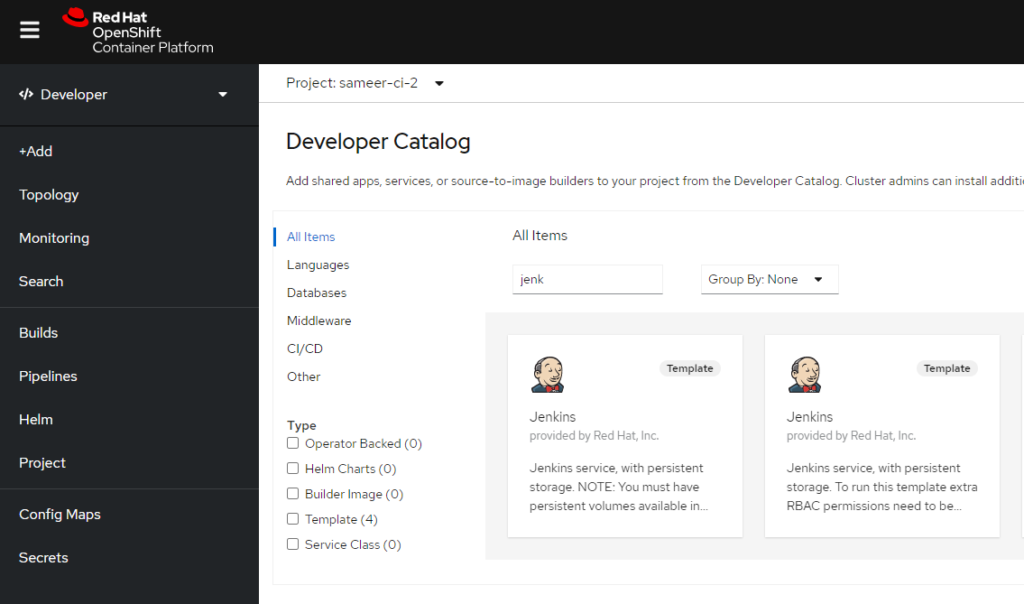
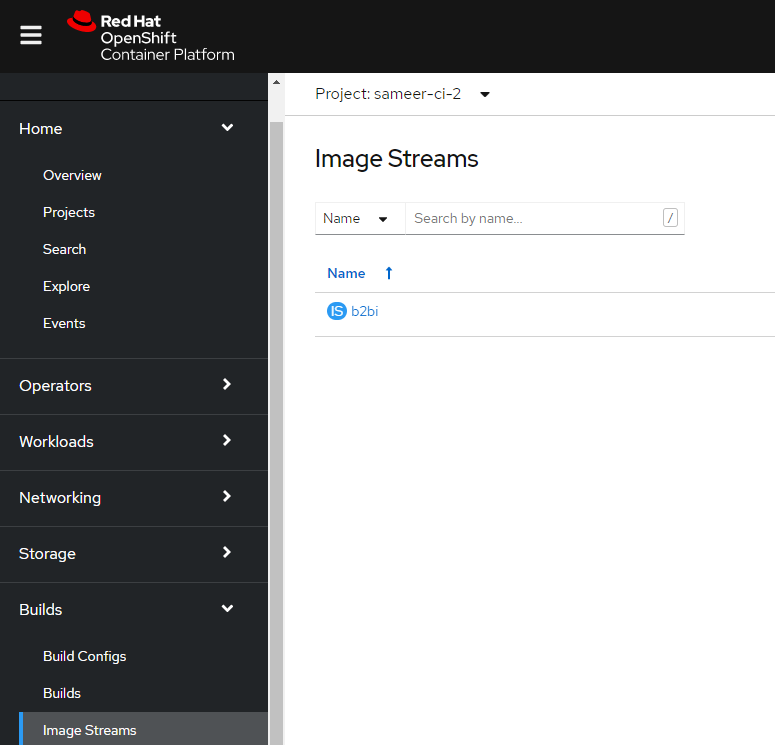
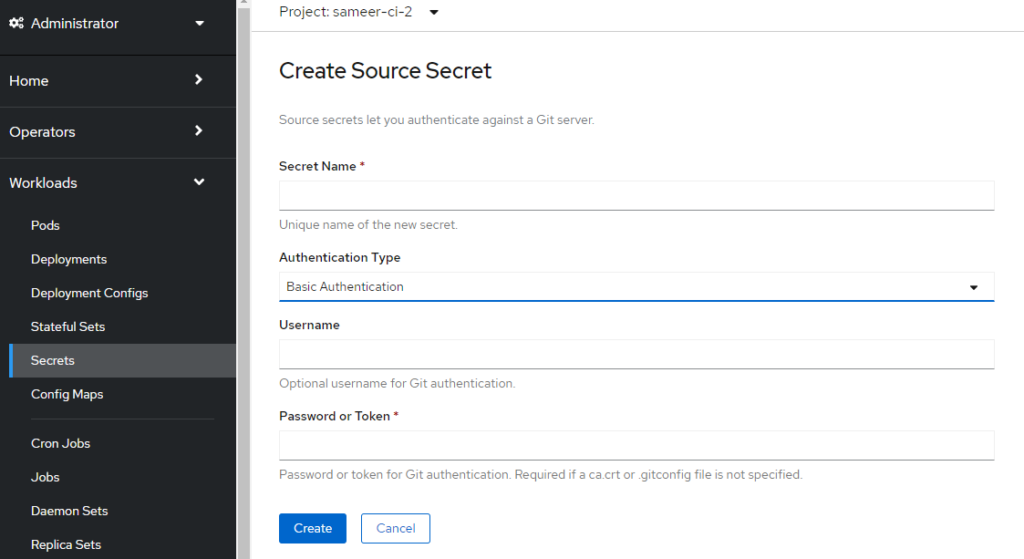
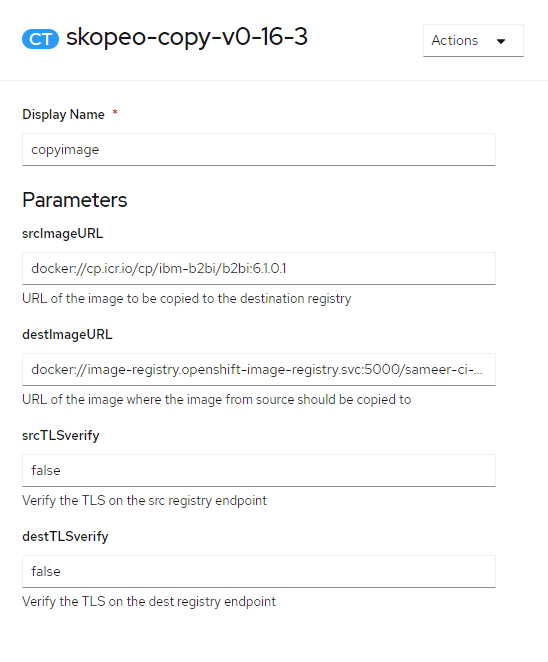
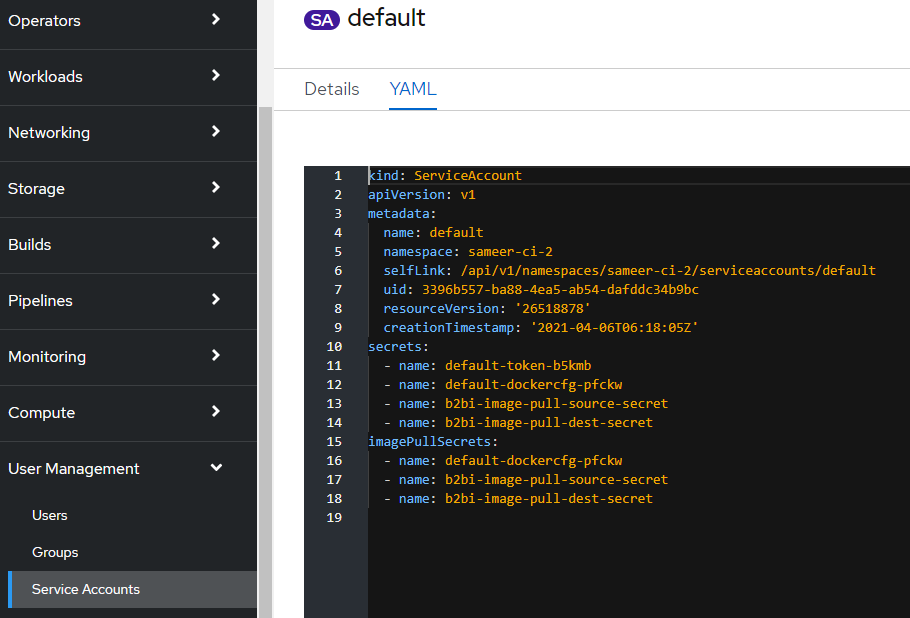
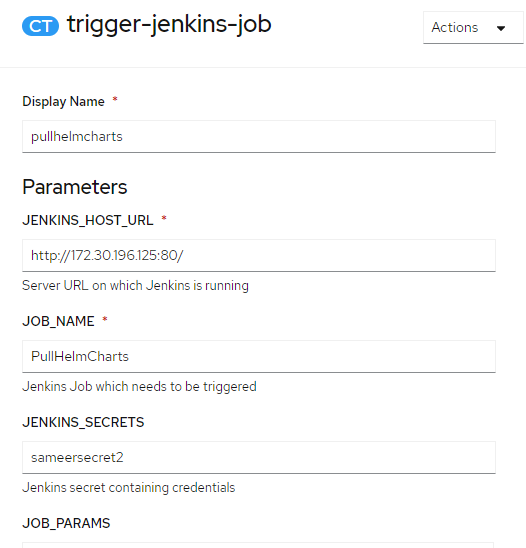
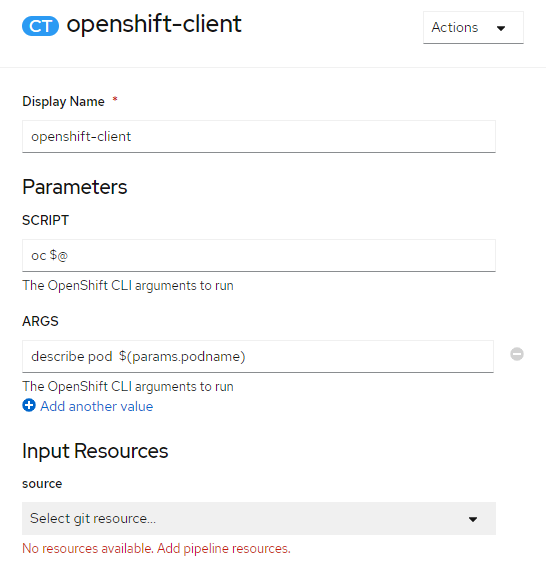

Browse Categories
Share Blog Post

IBM watsonx for Enterprise Asset Management: Leveraging AI to Boost Efficiency and Performance Enterprise Asset Management (EAM) is undergoing a significant transformation,

Building a Connected Enterprise for Ingram Content Group What Our Clients Say “The Pragma Edge team’s collaboration and expertise were key to

IBM Sterling for Modern B2B Integration, EDI, and Managed File Transfer: A Practitioner’s Guide Introduction B2B integration today is more than just
| Cookie | Duration | Description |
|---|---|---|
| cookielawinfo-checkbox-analytics | 11 months | This cookie is set by GDPR Cookie Consent plugin. The cookie is used to store the user consent for the cookies in the category "Analytics". |
| cookielawinfo-checkbox-functional | 11 months | The cookie is set by GDPR cookie consent to record the user consent for the cookies in the category "Functional". |
| cookielawinfo-checkbox-necessary | 11 months | This cookie is set by GDPR Cookie Consent plugin. The cookies is used to store the user consent for the cookies in the category "Necessary". |
| cookielawinfo-checkbox-others | 11 months | This cookie is set by GDPR Cookie Consent plugin. The cookie is used to store the user consent for the cookies in the category "Other. |
| cookielawinfo-checkbox-performance | 11 months | This cookie is set by GDPR Cookie Consent plugin. The cookie is used to store the user consent for the cookies in the category "Performance". |
| viewed_cookie_policy | 11 months | The cookie is set by the GDPR Cookie Consent plugin and is used to store whether or not user has consented to the use of cookies. It does not store any personal data. |
Thank you for submitting your details.
For more information, Download the PDF.
Thank you for registering for the conference ! Our team will confirm your registration shortly.
Invite and share the event with your colleagues
IBM Partner Engagement Manager Standard is the right solution
addressing the following business challenges
IBM Partner Engagement Manager Standard is the right solution
addressing the following business challenges
IBM Partner Engagement Manager Standard is the right solution
addressing the following business challenges